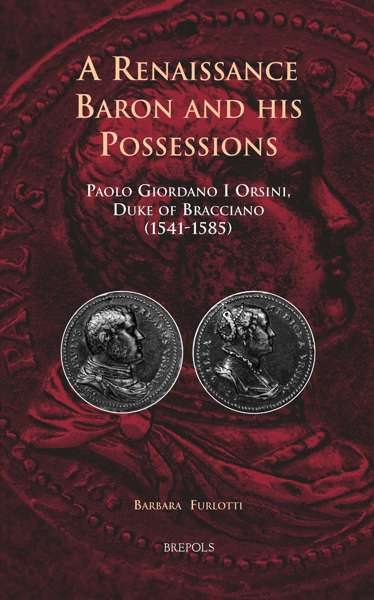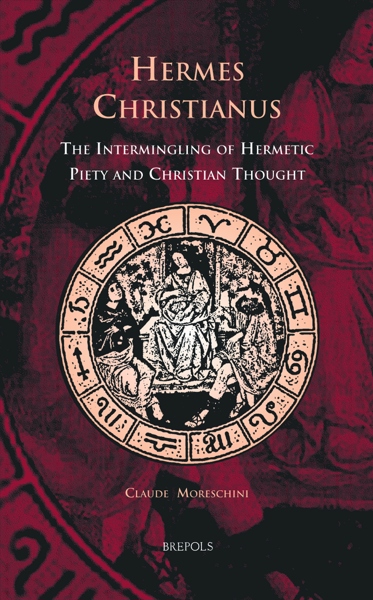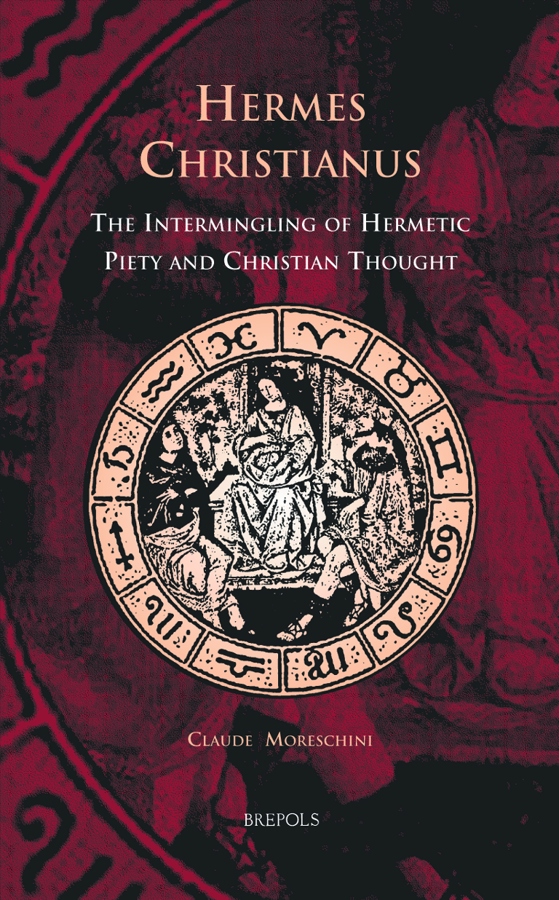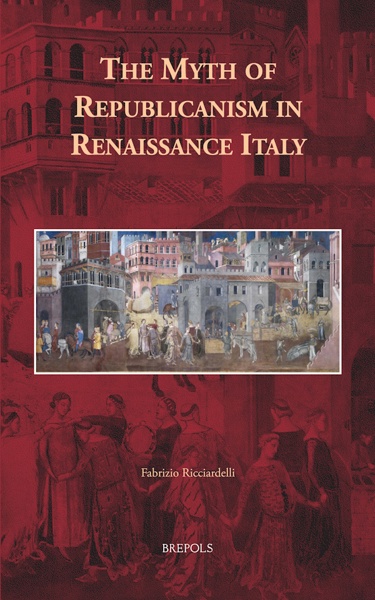
- Pages: xii + 306 p.
- Size:156 x 234 mm
- Language(s):English, Latin
- Publication Year:2012
- € 95,00 EXCL. VAT RETAIL PRICE
- ISBN: 978-2-503-52960-8
- Hardback
- Available
- € 95,00 EXCL. VAT RETAIL PRICE
- ISBN: 978-2-503-56063-2
- E-book
- Available
This new study concerns a form of Christian esotericism that attempted to reconcile Christianity with a late antique model of devotion.
"Zweifellos handelt es sich um ein facettenreiches und lesenswertes Buch (...)" (Michael Weichenhan, in: Zeitschrift für Kirchengeschichte, 124.1, 2014, p. 69-71)
«Cette immense synthèse sera très utile aux lecteurs désireux de suivre l’évolution de l’hermétisme au sein du christianisme auquel il doit principalement sa transmission et son succès.» (Fabienne Jourdan, dans la Revue d’études augustiniennes et patristiques, 61, 2015, p. 173)
Hermetic theosophy, originally an offspring of Egyptian religion, spread throughout the ancient world from the Hellenistic age onwards and was welcomed by Christianity in Late Antiquity. Cultivated people in a Christian milieu were convinced that Hermetic piety and religion were the preparation, expressed by heathen imagery, of their own faith: Hermes, a wise and pious philosopher in Egypt in the time of Moses, received (so it was thought) the same revelation which would be manifested 1,000 years later by Christ. At the end of the third century AD, this belief did not perish with the end of the Roman Empire; rather, it was taken up and explored during the French Renaissance of the twelfth century. In the fifteenth century, Italian humanism, supported by the rediscovery of Greek language and literature, promoted a fresh new evaluation of the ancient Hermetic texts which continued to be considered and studied as pre-Christian documents. In the sixteenth century, new interpretations of Christian Hermetism were explored until this connection between pagan and Christian was increasingly criticized by scholars who argued that Hermetism was neither as ancient as was thought nor as close to Christianity. The theory was abandoned in scientific milieux from the seventeenth century onwards, whereas Hermetic theosophy, on the contrary, survived in esoteric circles.
Preface
Translator’s Note
Chapter 1. Philosophical Hermetic Literature
Chapter 2. Late Antique Christian Hermetism
Chapter 3. Between Latin West and Byzantine East
Chapter 4. The Rebirth of Greek Hermetism in Italy: Marsilio Ficino and Ludovico Lazzarelli
Chapter 5. Prolegomena to François Foix-Candale’s Commentary on the Pimander
Chapter 6. Sixteenth-Century Representatives of Italian Hermetism
Chapter 7. Discovering the Hermetic Writings’ True Identity: The Contribution of Isaac Casaubon
Select Bibliography
Indexes




